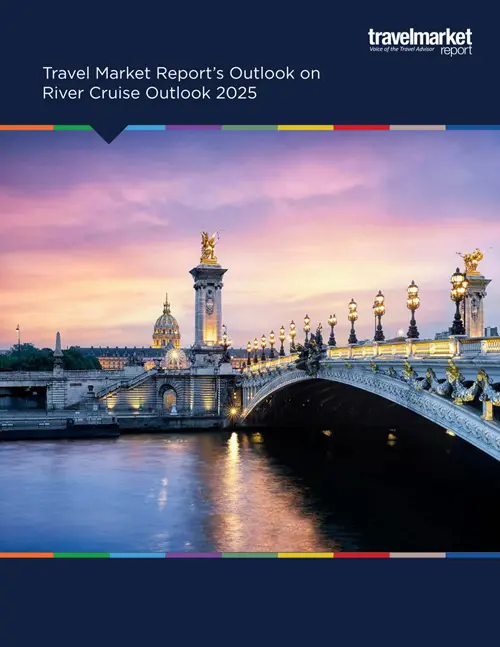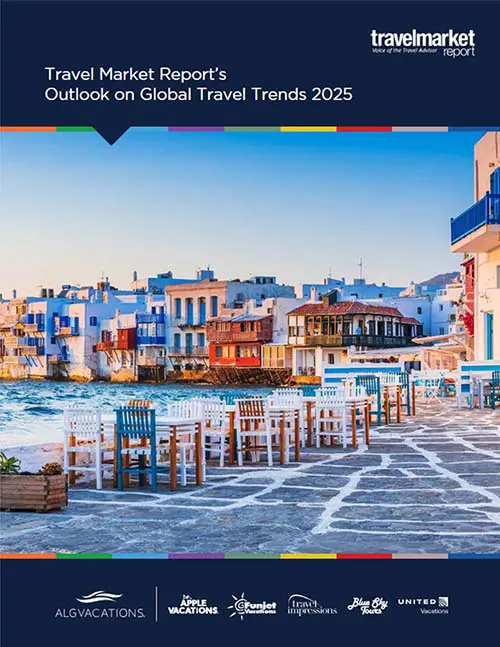Bundles of Joy? Suppliers Forgo Nickel-and-Diming in Favor of Packaging Fees
by Cheryl RosenThe travel industry seems to be bundling up for the winter.
From airlines to cruise ships to resorts, suppliers are wrapping assorted fees and upgrades into bite-size bundles that consumers can pay for with a single swipe of the credit card. And travelers seem to be taking to the idea as well.
It’s a trend one traveler in a New York Times article called “first-class light.” Rather than being “nickel and dimed” to death like any peon flying coach, a traveler can feel like a big shot by paying upfront for many of the amenities usually reserved for the front of the plane.
The trend surely appeals to the upwardly-mobile-upscale-young traveler marketers have taken to calling by the ancronym HENRY (for high-earner-not-yet-rich). While they currently earn salaries of $100K-$249.9K, they are on career paths to ultra-affluence—and worth courting now for the future revenue they promise.
“What sets them apart from women in terms of their luxury preferences is that men are more status-conscious,” blogs Pam Danziger of Unity Marketing. “For men, it’s the ‘peacock phenomenon.’ “
The leading edge of the Millennial generation is turning 36, and “just beginning to cross into that window of affluence,” Danziger notes.
Doing the agency side-step
For travel industry suppliers, bundles are especially appealing. They accomplish three goals at once: they upsell customers to buy things they might not otherwise pay for; they make customers feel special and cared for—and of course they side-step travel-agent commissions by pulling more and more dollars away from the base fares on which commissions are paid.
But “in order for fees to work, there needs be something worth paying to avoid. That necessitates, at some level, a strategy that can be described as ‘calculated misery,’ ” notes an article in The New Yorker titled “Airlines Want You to Suffer.”
“Basic service, without fees, must be sufficiently degraded in order to make people want to pay to escape it,” the article notes.
Travel agents would say they got that point wrong. The end goal is not to degrade service, but to charge for it separate of the commission structure, by calling it a bag fee or a resort fee, rather than rolling it into the price.
The latest bundles
At the new 349-room, $175-million Margaritaville Hollywood Beach Resort, which officially opens today, for example, the base rates do not include Wi-Fi, use of the fitness center, in-room coffee, or local phone calls. But guests will be charged a $15 daily resort fee, which covers those plus two beach chairs, an umbrella, and bottled water.
Now don’t you feel special?
On the seas, Carnival Corporation this week announced that its upgraded WiFi@Sea package will have a new pricing model, changing from the traditional 75 cents per minute to flat per-day packages that range from $5 to $25.
In the airline sector—arguably the most notorious for gaming its prices with fees—Frontier Airlines in August began bundling several extras, including one checked bag, one carry-on, the “best available” seat, and the fee for changing a ticket, into a single package it calls “the Works.”
Still, there is no arguing with the fact that travelers like anything that makes life simple.
All-inclusive resorts, for example, have built their business on making the travel experience simple and friendly by charging one flat price, period, notes Kitzia Morales, cofounder of MeWed. While each all-inclusive has its own unique characteristics and appeals to its own market segment, they all share the belief that what customers really want on vacation is to put away their wallets and just order up anything they want.
“There is no question that all-inclusive is what many consumers are looking for,” she said.
























